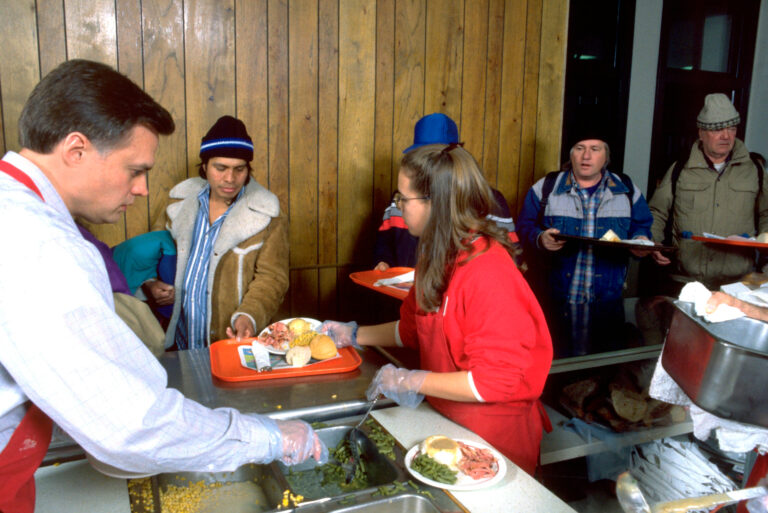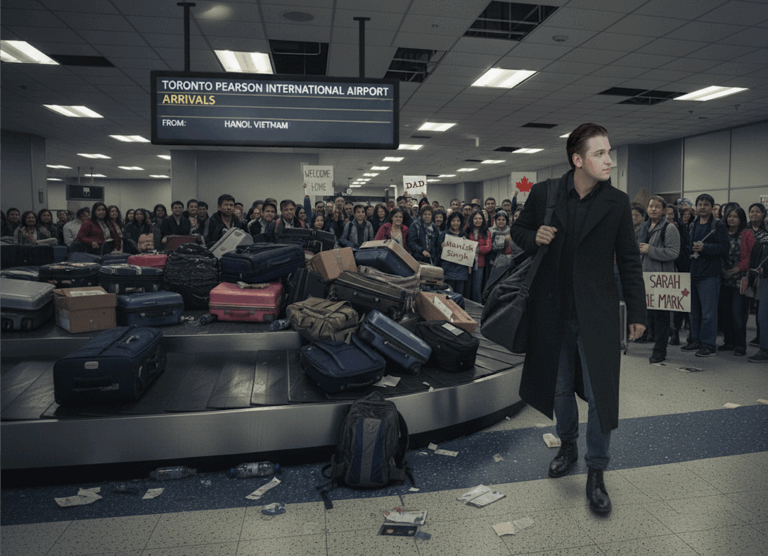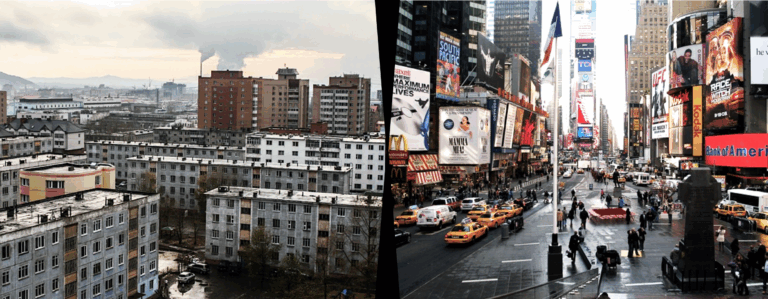Stephen Harper’s new book Right Here, Right Now is receiving widespread attention and stirring considerable debate, and deservedly so. It’s a timely commentary on the nationalist-populist uprising against globalization that is so profoundly influencing our politics. His previous book, A Great Game: The Forgotten Leafs and the Rise of Professional Hockey, made far less of a splash when it was published in 2013. Reviewers weren’t sure what to make of it. Libraries didn’t know whether to classify it as a sports book or a political book. Why did Canada’s prime minister write a book about hockey instead of politics? How did he have time to do it while he was running the government?
In the acknowledgements, Harper said he wrote the book because he needed a hobby away from his demanding job. Former PMO staffers recall how, at the end of a long day at work, he would set aside his briefing books, pull out a thick research binder, and tap out a few more pages about hockey history on his laptop. Writing a book is very hard work. It is hard to conceive of doing so for fun or as recreation. Harper’s choice certainly reinforced his image as a serious, work-before-play kind of man, a guy who once said he didn’t have enough personality to go into the family business of accounting.
On the other hand, for those who took the time to read it, A Great Game upset a number of preconceptions. Many people perceived Stephen Harper as someone totally preoccupied with politics. They found it almost incomprehensible that he would devote so much energy and passion to something as frivolous as hockey. Especially since he was, by his own admission, never much of a player himself. He was also considered by many to be a narrow-minded right-winger (in the political sense, not the hockey sense). And yet the book reveals a remarkable sensitivity to social, cultural, and economic issues affecting average people. In many ways, it is more of a social history than a sports chronicle.

Although he was born and raised in Toronto, Harper was also often characterized as a dyed-in-the-wool Albertan, a western chauvinist with little understanding of or interest in “Central Canada.” Yet A Great Game is focused on Ontario – Toronto in particular – and Quebec, and reflects prodigious knowledge and understanding of the socio-economic, cultural, and intellectual history of Canada’s largest provinces.
Finally, many liberal intellectuals have tended to dismiss Harper as an intellectual lightweight. Yann Martel, the one-hit novelist (Life of Pi) and former darling of the literati, famously sent dozens of books to the prime minister while he was in office in an evident attempt to expand his mind, or at least get his government to be more generous with arts funding. One can imagine it being puzzling to Martel et al, if they noticed, that Harper could produce a well-researched and well-written volume, in his spare time.
A Great Game traces the development of professional hockey in Canada (as well as the United States), with a strong focus on Toronto. It dwells particularly on the Toronto Professionals, the first Toronto team to play for the Stanley Cup (in 1907, losing to a team from Montreal), and the Toronto Blue Shirts, who won the Cup in 1914. Harper notes with irony that neither of these teams has ever been acknowledged as part of the heritage of the Toronto Maple Leafs, a franchise that hasn’t won the Cup for over half a century.

This attitude was championed particularly by southern Ontario pseudo-aristocrats of British ancestry. A central figure in Harper’s telling of this story was John Ross Robertson, “an ardent British imperialist.” For years, Robertson ruled the Ontario Hockey Association (OHA), which fought an unrelenting war against professionalism, banning every player even suspected of receiving payment for playing any sport. Robertson’s view had strong support from the leading Toronto newspapers of the day. This was no accident. Robertson himself was the founder and publisher of the Toronto Telegram. His close colleagues in the OHA included Francis Nelson, sports editor of the Toronto Globe, and W.A. Hewitt, sports editor of the Toronto Star.
It should be noted that the intellectual descendants of these men are the contemporary liberal media, political, and financial elites of Ontario who once dismissed Harper as an interloper, a middle-class conservative westerner who would never amount to much in politics or literature. Just as their ancestors tried to shut working-class stiffs out of making money playing hockey, when Harper appeared on the political stage, they continued to radiate disdain for outside competitors for their status and entitlements. It’s an oligarchical state of mind: among the doyens of the International Olympic Committee who continue to champion “amateur” sports while controlling the wealth it generates are numerous descendants of European aristocracy.
In addition to their other failures to appreciate Stephen Harper, few of his critics recognized that Canada’s 22nd prime minister had a well-developed sense of humour. In fact, their relentless campaign to drive him from office relied greatly on the myth that he was a dour, spiteful ogre. Harper’s hockey book is by no means a laugh-a-page, but it’s filled with consistently interesting and often deliciously wry observations for readers open to appreciating them.
Among them is the amusing revelation that the first professional hockey team in Toronto was named, unimaginatively, the Professionals. It was formed in 1906 with high hopes of winning the city’s first Stanley Cup. That didn’t happen for the Professionals, or Toronto, until 1914, when the Toronto Blue Shirts finally captured hockey’s holy grail, 21 years after it was minted. Sadly, the team’s roster almost immediately disintegrated. Many of the same players won the Stanley Cup again in 1917 – while playing for the Seattle Metropolitans. That was the same year the National Hockey League was formed with the express purpose of getting Toronto and its troublesome owner out of professional hockey. This was accomplished by dissolving the National Hockey Association and reconstituting the league under a new name with most of the same teams, except Toronto. The author clearly revels in recounting these anecdotes at Hogtown’s expense. Indeed, the undeclared subtext of A Great Game might be that hockey (and Canada) wins when Toronto loses.
James R. Coggins (www.coggins.ca) is a writer, editor, and historian based in Abbotsford, B.C.






